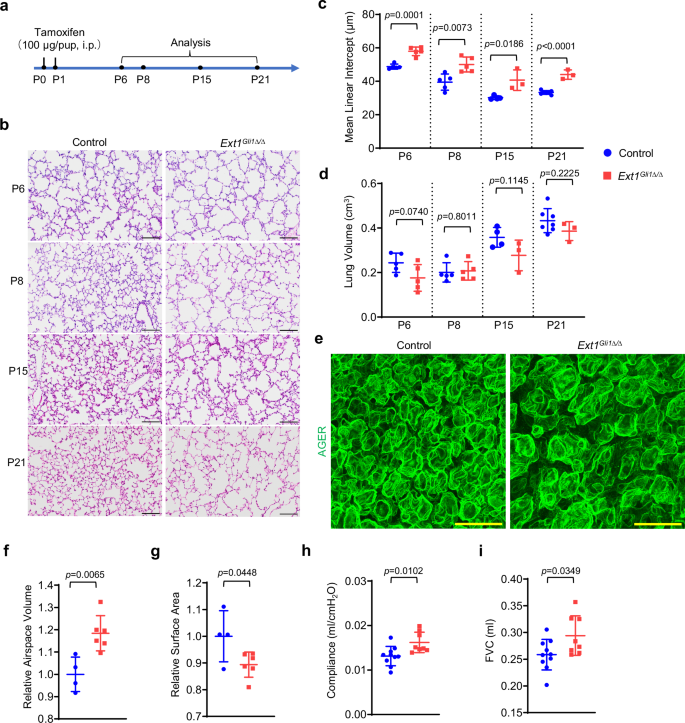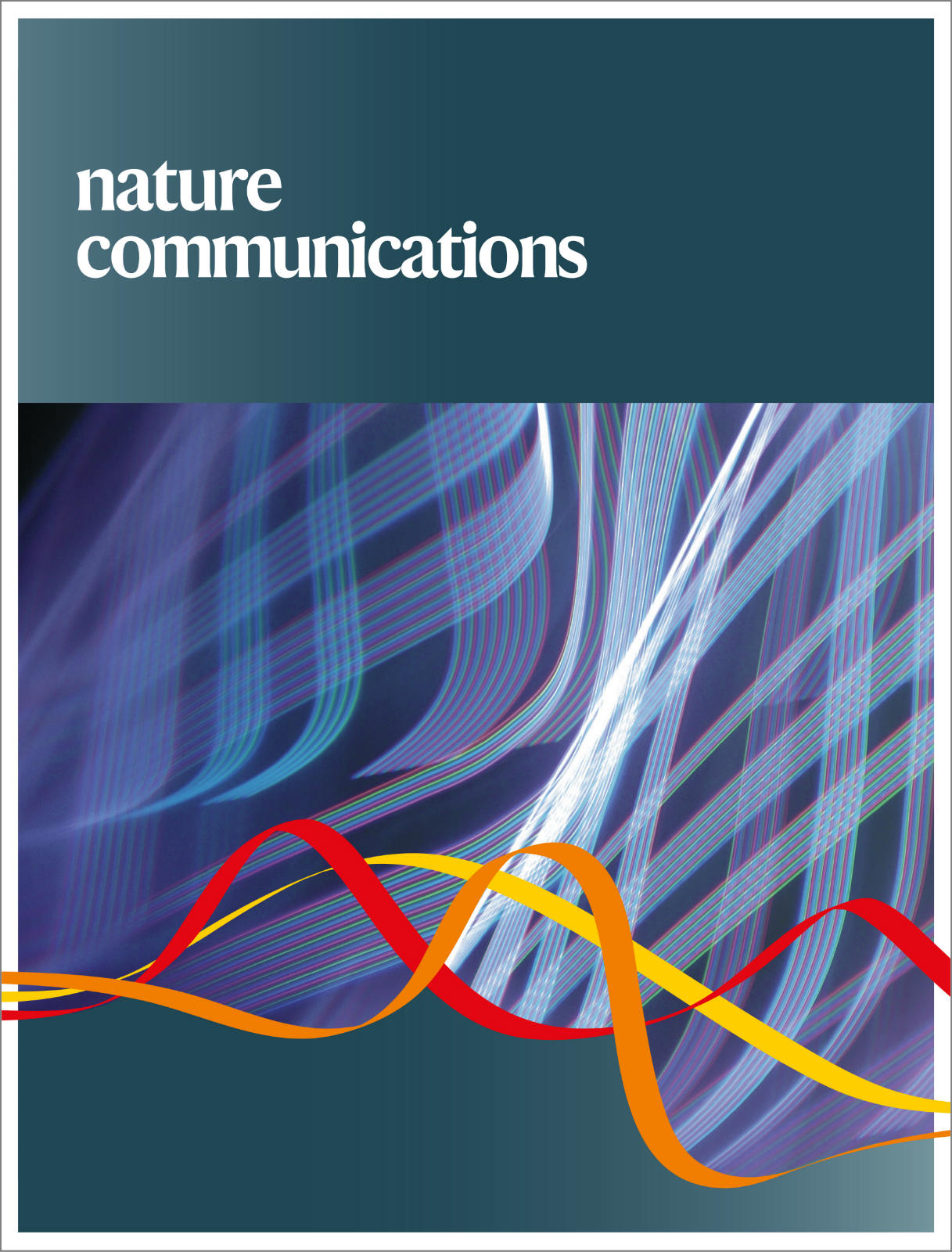Postnatal respiration requires bulk formation of alveoli that produces extensive surface area for gas diffusion from epithelium to the circulatory system. Alveolar morphogenesis initiates at late gestation or postnatal stage during mammalian development and is mediated by coordination among multiple cell types. Here we show that fibroblast-derived Heparan Sulfate Glycosaminoglycan (HS-GAG) is essential for maintaining a niche that supports alveolar formation by modulating both biophysical and biochemical cues. Gli1-CreER mediated deletion of HS synthase gene Ext1 in lung fibroblasts results in enlarged and simplified alveolar structures. Ablation of HS results in loss of a subset of PDGFRαhi αSMA+ alveolar myofibroblasts residing in the distal alveolar region, which exhibit contractile properties and maintain WNT signaling activity to support normal proliferation and differentiation of alveolar epithelial cells. HS is essential for proliferation while preventing precocious apoptosis of alveolar myofibroblasts. We show that these processes are dependent upon FGF/MAPK signaling and forced activation of MAPK/ERK signaling partially corrected alveolar simplification and restored alveolar myofibroblast number and AT2 cell proliferation in HS deficient mice. These data reveal HS-dependent myofibroblast heterogeneity and function as an essential orchestrator for developing alveolar niche critical for the generation of gas exchange units.



